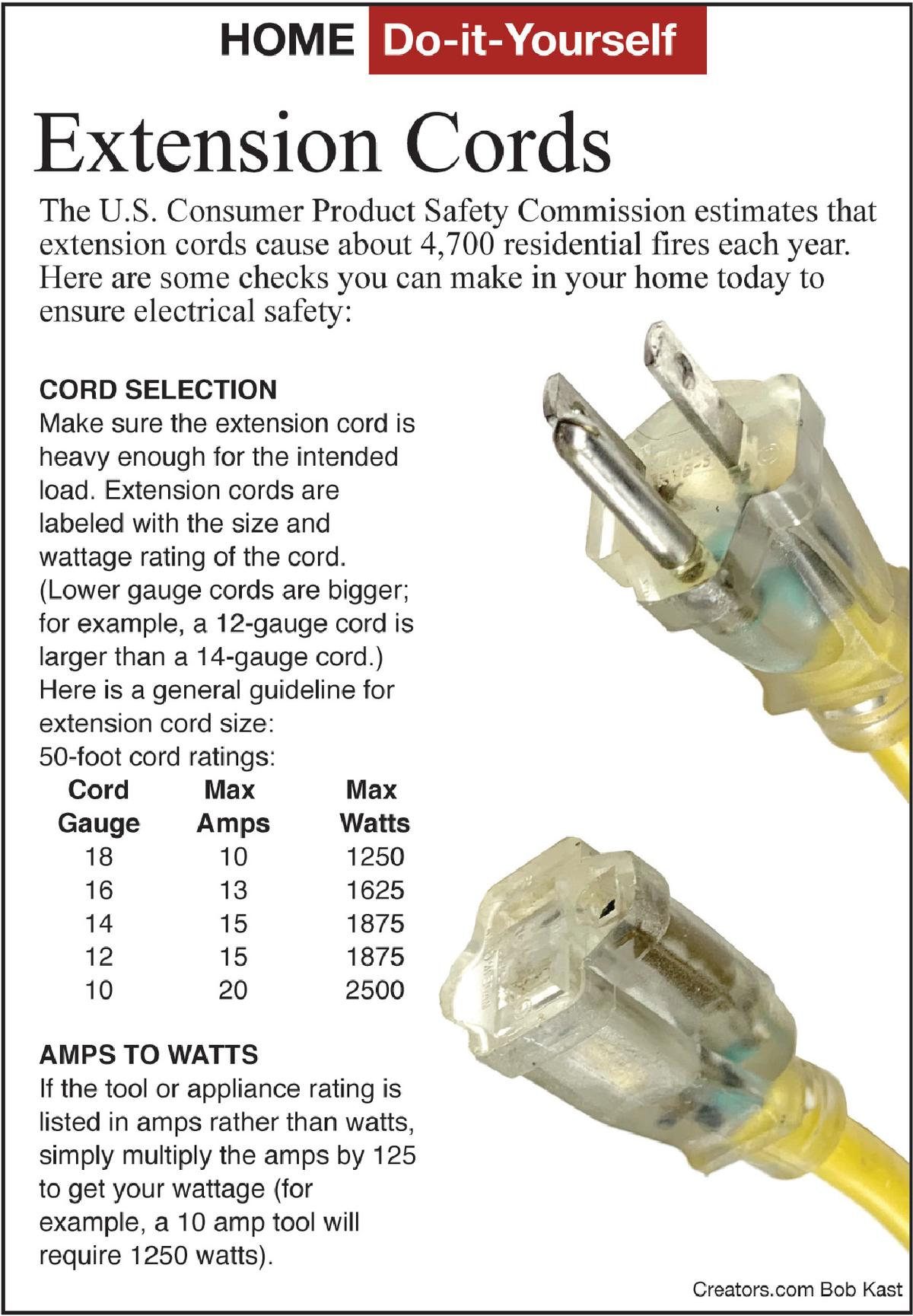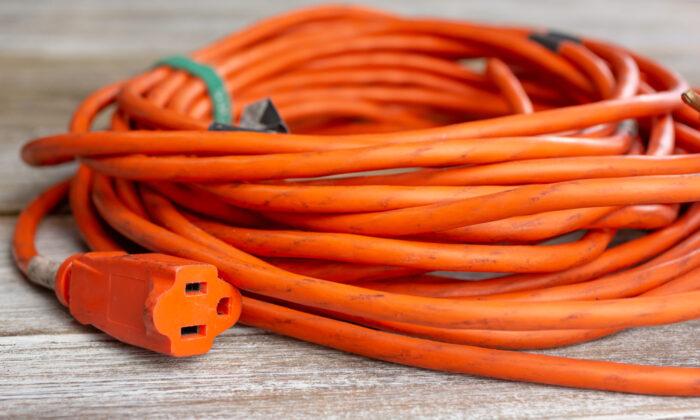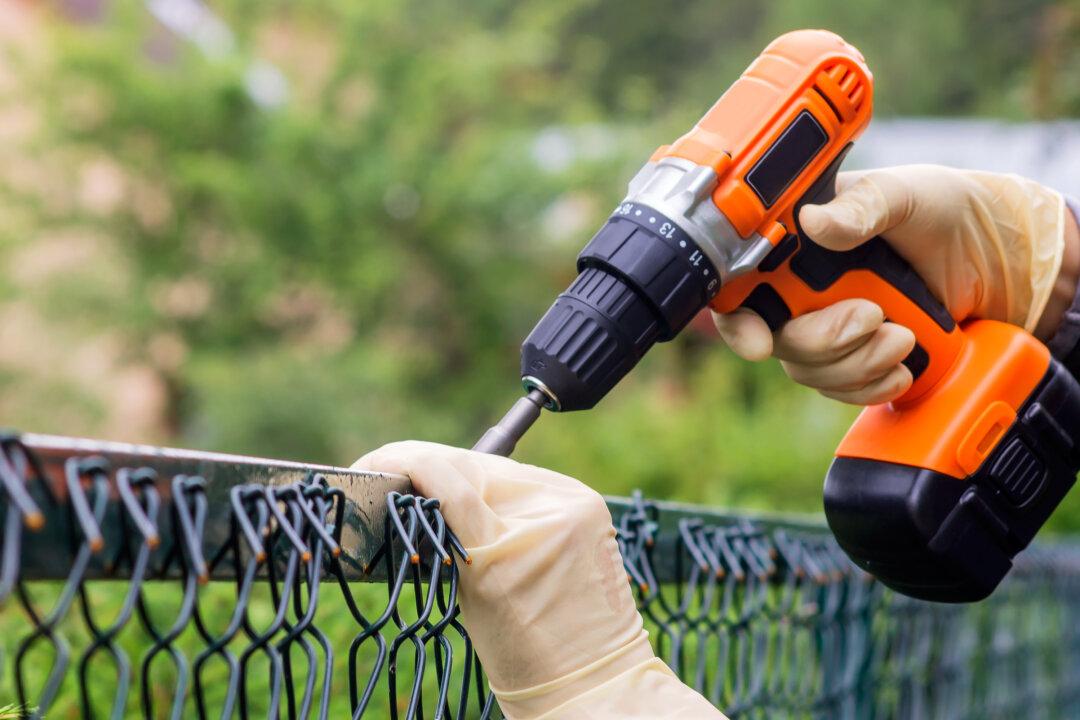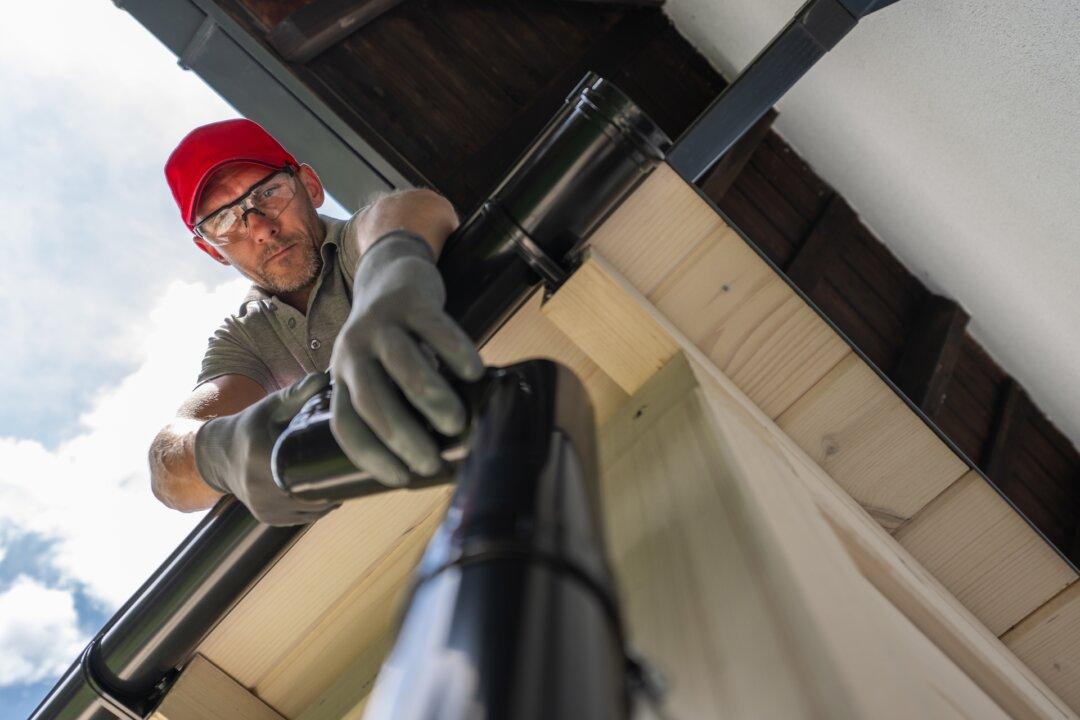Untangling extension cords can be a hassle that is similar to getting the Christmas tree lights out each year. Air hoses are much bulkier. They do not tangle as much, but they are stiffer and more difficult to untangle. There may also be water that collects inside air hoses, so hold it up to drain before storage.
When air is compressed, generally to about 90 pounds per square inch for home tool use, water vapor in the air may condense. Opening the air tank drain valve not only releases the pressure, but it also allows any condensed water to drain from the air tank. If it is not drained, it will cause corrosion that weakens the tank.
Water vapor may also condense inside the individual pneumatic tools. After each use, disconnect the air hose and put a few drops of oil into the air inlet into the tool. Reattach the hose and just tap its trigger. This will distribute the oil throughout the moving parts inside the tool. Put in another drop of oil before using it next time.
Most of your electric power tools require little maintenance except for brushing off any metal and wood chips or sawdust. Some electric saws have an oil hole to lubricate a moving blade. Lubricate it before each use. If any tools, such as a vertical drill, have a belt drive, check the tension of the belt. Always unplug it first before getting your hands anywhere near belts and pulleys.
You will likely have several types of long electric power cords to use with your tools. There is a minimum gauge (thickness of copper wire) depending upon the electric current draw of the particular tool you are using. You could just buy all very heavy (lower gauge number means thicker wire) cords, but they are more expensive, heavier, and more difficult to handle. Also, outdoor-rated cords have heavier, tougher insulation than indoor cords.
Most people end up just looping the cord over their arm and hanging it on a nail or on a peg board. You may get by doing this with a very light cord, but it is not good. Wrapping the cord in this way may cause it to twist. Hanging it on a thin nail may kink the cord and insulation, which makes it fail.
It works much better to put the two ends of the cord together and then drape it back and forth over your arm. Wrap the last couple of feet around the cord leaving a loop on the end. Hang this loop over a 2-by-4 or a large round handle.
When storing heavier electric cords, double the cord and loosely braid it into a long chain. Don’t try to bend this heavy gauge wire too tightly. The air hose can be coiled similarly to a garden hose and hung on a hose holder.






